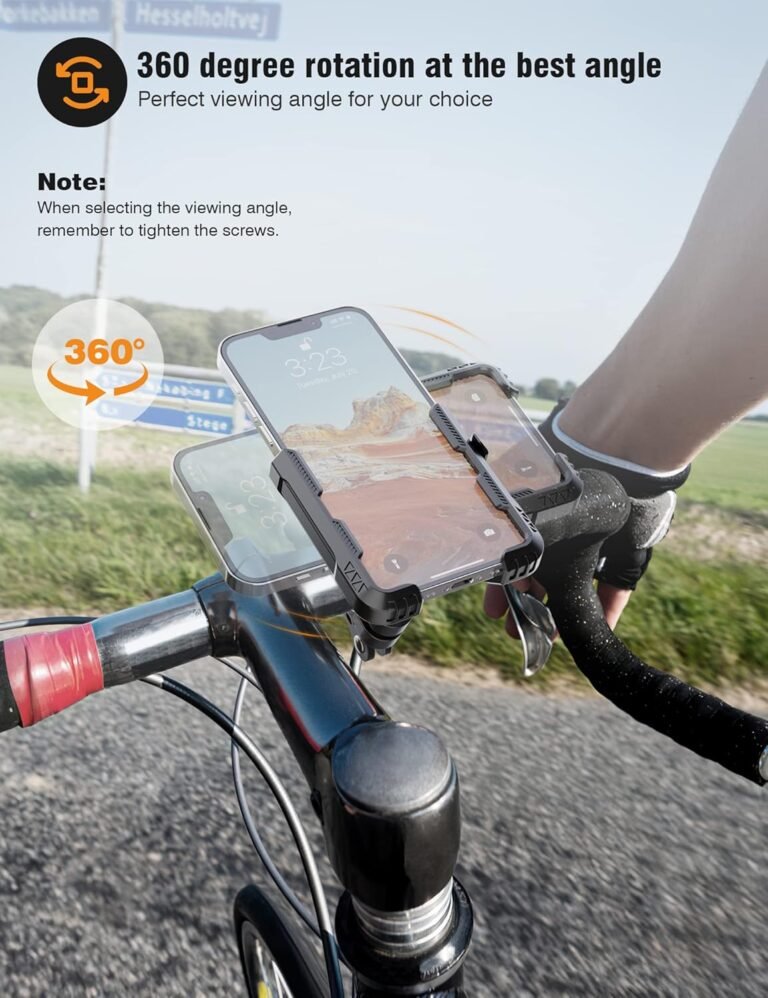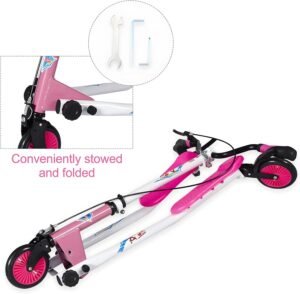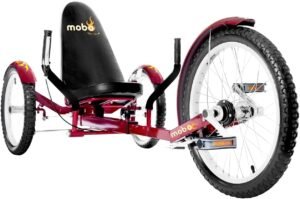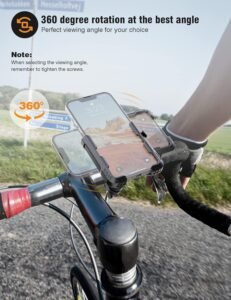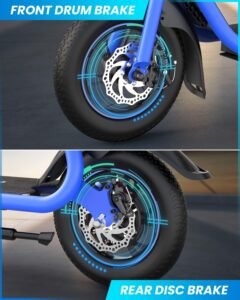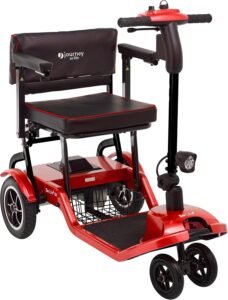
If you’ve recently invested in a scooter and are eager to explore the roads, it’s essential to prioritize safety in the bustling traffic. Navigating through vehicles can be daunting, but with these helpful tips, you can confidently ride your scooter while ensuring your well-being. From wearing protective gear to maintaining a safe distance from vehicles, these practical suggestions will empower you to enjoy your scooter rides without compromising your safety.

This image is property of images.pexels.com.
Check out our product reviews!
Choosing the Right Scooter
When it comes to choosing the right scooter for your safety and comfort, there are a few factors to consider. First and foremost, you need to think about the size and weight of the scooter. The size of the scooter should be suitable for your body type and should allow you to easily maneuver through traffic. If the scooter is too heavy for you, it can be difficult to control and may even cause accidents. So, make sure to pick a scooter that feels comfortable and manageable for you.
Another important aspect to consider is the scooter’s lights and reflectors. Having proper lights and reflectors is crucial for making yourself visible to other drivers, especially during low light conditions or at night. Make sure that all the lights, including the headlights, taillights, and turn signals, are in good working condition. Additionally, check if your scooter has reflectors on the front, sides, and rear. These reflectors help to make you more visible to other vehicles on the road, reducing the risk of accidents.
Lastly, always pay attention to the brakes and tires of the scooter. The brakes should be responsive and should provide enough stopping power to ensure your safety. Regularly check the brake pads for wear and tear and replace them when necessary. As for the tires, make sure they are properly inflated and have enough tread depth to maintain a good grip on the road. Good brakes and tires will contribute to your scooter’s overall safety and performance, so don’t overlook these important features.
Wearing the Right Gear
To protect yourself while riding a scooter, it’s crucial to wear the right gear. First and foremost, invest in a properly-fitted helmet. A helmet is the most important safety gear for any rider, as it protects your head and can potentially save your life in the event of an accident. Make sure the helmet fits snugly but comfortably and always ensure that it meets safety standards.
In addition to a helmet, it’s important to wear brightly colored or reflective clothing. This will make you more visible to other road users, especially in low-light conditions. High-visibility clothing can greatly reduce the chances of accidents caused by other drivers not seeing you. Reflective vests, jackets, and even stickers on your scooter can all contribute to your visibility and safety.
Don’t forget to protect your hands and feet by using gloves and wearing closed-toe shoes. Gloves provide both comfort and protection, enhancing your grip on the handlebars while also shielding your hands in case of a fall. Closed-toe shoes are important to prevent injuries from road debris or accidents. Make sure your footwear is sturdy and has good traction for safe scooter riding.
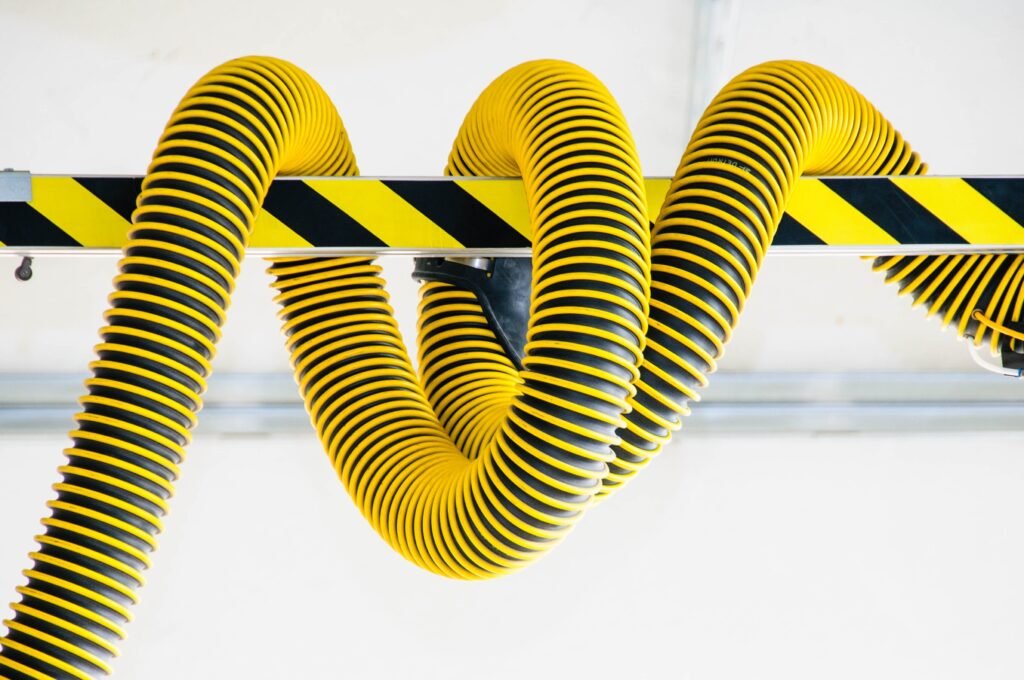
This image is property of images.pexels.com.
Check out our product reviews!
Understanding Traffic Laws and Signs
To ensure your safety while riding a scooter, it’s essential to have a good understanding of local traffic regulations. Familiarize yourself with the traffic laws and regulations specific to your area. This will help you better navigate the roads and avoid any potential legal issues.
Furthermore, learn and follow traffic signs and signals. Traffic signs and signals are designed to maintain order on the roads and to provide guidance to all road users. Understanding and obeying these signs and signals is crucial for your safety and the safety of others around you. Pay attention to speed limit signs, stop signs, yield signs, and traffic signals to ensure you are following the appropriate rules at all times.
Lastly, use designated lanes whenever possible. Many cities have designated lanes for scooters, bicycles, and motorbikes. These lanes are specifically designed to provide a safe space for smaller vehicles, minimizing the risk of accidents with larger vehicles. Utilizing these lanes can greatly enhance your safety while riding a scooter.
Maintaining Visibility
Maintaining visibility on the road is of utmost importance when riding a scooter. Visibility plays a significant role in preventing accidents and ensures that other drivers can see you clearly. You can enhance your visibility by following a few simple steps.
Firstly, always use your scooter’s lights whenever necessary. Turn on both your headlights and taillights, even during the daytime. This will make you more visible to other drivers and increase your chances of being seen at all times. If your scooter allows, consider using the high beams at night or in poorly lit areas to further improve visibility.
Additionally, you can install additional reflectors on your scooter. Reflective stickers or strips on the body of your scooter can make it easier for other drivers to see you, especially from the side. Position these reflectors strategically to maximize their effectiveness.
Lastly, avoid riding in blind spots of other vehicles. These blind spots, particularly around larger vehicles like trucks or buses, can make it difficult for drivers to see smaller vehicles such as scooters. Stay out of these blind spots as much as possible and always ride defensively to ensure your own safety.

This image is property of images.pexels.com.
Defensive Riding Techniques
When riding a scooter, it’s important to adopt a defensive mindset to protect yourself from potential dangers on the road. Always assume that other drivers do not see you and act accordingly. This means being constantly aware of your surroundings and anticipating the actions of other vehicles.
Maintain a safe distance from other vehicles to give yourself enough time and space to react to sudden changes in traffic. This buffer zone can be a lifesaver, especially if a vehicle suddenly swerves or brakes unexpectedly. Keep a safe following distance and avoid tailgating at all costs.
Finally, signal your intentions clearly. Use your scooter’s turn signals whenever you are changing lanes or making a turn. Clearly indicating your moves will alert other drivers of your intentions and help prevent accidents caused by misunderstandings or sudden maneuvers.
Predicting and Reacting to Potential Hazards
The ability to predict and react to potential hazards is a crucial skill for any scooter rider. It’s important to scan the road ahead for any potential obstacles or hazards that may come your way. This could include potholes, debris on the road, or even animals crossing. Being aware of these hazards allows you to plan your actions and adjust your riding accordingly.
Stay alert for opening car doors and pedestrians. Many accidents involving scooters occur when a car door suddenly opens in front of a rider or a pedestrian unexpectedly crosses the road. Pay close attention to parked cars and always be prepared to stop or swerve to avoid these hazards.
In addition, always be prepared to react to sudden changes in traffic. This could include a vehicle suddenly braking, an unexpected lane closure, or a car making a sudden turn without signaling. Being mentally and physically prepared to react quickly can mean the difference between a safe ride and a potential accident.
Using Intersections Safely
Intersections can be one of the most dangerous areas on the road for scooter riders. To navigate intersections safely, it’s important to follow a few important guidelines.
First and foremost, come to a complete stop at stop signs and red lights. Treat these intersections with the utmost caution and never proceed without ensuring it is safe to do so. Take the time to look in all directions and check for any oncoming traffic or pedestrians before proceeding.
When turning at an intersection or crossing the road, always check for oncoming traffic. Look both ways and ensure that no vehicles are approaching before making a turn. This applies to both left and right turns, as well as crossing straight through the intersection. Being diligent in checking for oncoming traffic greatly reduces the risk of accidents.
Lastly, avoid weaving through cars at intersections. This can be tempting to bypass traffic, but it is incredibly dangerous. Stay in your designated lane, be patient, and wait for the appropriate time to complete your maneuver. Weaving through cars increases the chances of accidents and can cause confusion for other drivers.
Navigating Roundabouts and Traffic Circles
Roundabouts and traffic circles can be tricky for scooter riders, but with the right knowledge and precautions, they can be navigated safely.
Always yield to traffic already inside the roundabout. Wait for a suitable gap in the traffic flow before entering the roundabout. It’s important to merge smoothly and be aware of vehicles approaching from different directions.
Signal your exit before reaching it. Use your scooter’s turn signals to indicate your intention to exit the roundabout. This will help other drivers understand your planned path and avoid any sudden maneuvers that could lead to accidents.
While navigating the roundabout, keep an eye out for pedestrians. Roundabouts often have designated crosswalks for pedestrians, so be cautious and yield to anyone attempting to cross. As with any situation, maintaining awareness of your surroundings is key to safely navigating roundabouts and traffic circles.
Being Mindful of Weather Conditions
Weather conditions can greatly affect the safety of scooter riding. To ensure a safe journey, it’s important to be mindful of the weather and adjust your riding accordingly.
In bad weather, such as heavy rain or strong winds, it’s important to reduce your speed and increase your following distance. Slippery road surfaces can make it difficult to maintain traction, so it’s crucial to slow down to maintain control of your scooter. Additionally, strong winds can affect stability and control, so exercise caution and avoid strong gusts whenever possible.
If the weather conditions become too severe, it’s always best to avoid riding altogether. Heavy rain, thunderstorms, or icy conditions can create hazardous situations that are best avoided. Use your judgment and prioritize your safety by waiting for the weather to improve before getting back on your scooter.
Finally, always be cautious of slippery road surfaces. wet leaves, oil spills, and loose gravel can all make the road more dangerous for scooter riders. Slow down when navigating these areas, and be prepared for reduced traction and the possibility of loss of control.
Ensuring Regular Maintenance and Inspections
Regular maintenance and inspections are essential for keeping your scooter in safe working condition. Neglecting your scooter’s maintenance can lead to mechanical failures and increase the risk of accidents. Here are some key areas to focus on:
Regularly check the brakes, tires, and lights of your scooter. Adequate braking performance is crucial for your safety, so ensure that the brake pads are not worn down and that the brakes engage smoothly. As for the tires, check the tread depth and air pressure regularly to maintain optimal traction. Faulty lights can make it difficult for other drivers to see you, so check that all lights are functioning properly.
Keeping your scooter clean and free from debris is also important. Regularly wash your scooter to remove any dirt, grime, or corrosive substances that may affect its performance. Additionally, check for any loose parts or damage and address them promptly. A well-maintained scooter is less likely to experience mechanical failures that could compromise your safety.
Lastly, it’s advisable to visit a professional for periodic maintenance checks. A professional technician will be able to assess your scooter’s overall condition and address any underlying issues that may not be visible to an untrained eye. Regular maintenance checks can catch potential problems early, ensuring that your scooter remains safe and reliable on the road.
In conclusion, safe scooter riding in traffic requires careful consideration of several important factors. Choosing the right scooter with appropriate size and weight, ensuring proper lights and reflectors, and checking the brakes and tires are crucial steps to ensure your safety on the road. Wearing the right gear, understanding traffic laws and signs, and maintaining visibility are key practices for safe riding. Defensive riding techniques, predicting and reacting to potential hazards, and using intersections properly are important skills to develop. Navigating roundabouts and traffic circles requires specific knowledge, while being mindful of weather conditions and ensuring regular maintenance and inspections are essential for safe scooter riding. By following these tips and adopting responsible riding practices, you can confidently and safely enjoy riding your scooter in traffic.






